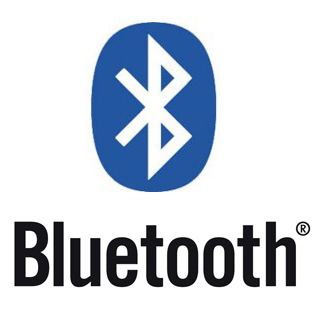
INCREASINGLY, it is the law of the land. But it is also just common sense: Driving while holding a cellphone is a lousy idea.
Six states, including New York and New Jersey, as well as the District of Columbia, have banned holding a cellphone while driving and, according to the Insurance Institute for Highway Safety, 23 more state governments are considering similar bans.
Such laws do not prohibit talking on a cellphone — only that you use a hands-free device (usually an earpiece or a speakerphone accessory) so that both hands stay on the wheel. Of course, some studies suggest that banning hand held cellphones while driving does not go far enough — that maintaining any phone conversation is too distracting for the driver.
But if the proliferation of people randomly bursting into monologues on city streets is any indication, many people prefer hands-free communication even when they’re on foot. Some of that growth is linked to legislation, some to lower prices, but another factor is the evolution of hands-free technology that has yielded better sound quality and stronger privacy measures.
Hands-free devices are generally split into two categories: earpieces and speakerphone units. Because they can be used behind the wheel or while walking (or cooking, or gardening), earpieces have been far more popular.
Early Bluetooth accessories suffered from a dreaded malady known as “pairing syndrome.” In order to establish a wireless connection to your handset, an earpiece or speakerphone would trade codes over the air. This often led to repeated code inputs on the part of the owner, as the pairing process was about as unreliable as could be. Common side effects included high-decibel profanity, increased blood pressure and hurling the device across the room.
Fortunately, most new Bluetooth accessories “auto pair.” You may need to enter the code the first time, but you do it just once. After that, the device will remember the secret handshake and pair up with your handset automatically.
Bluetooth earpieces have also improved in sound quality. Earpieces like the Aliph Jawbone Prime ($130), the BlueAnt Q1 ($130) and the Jabra BT530 ($80) all use multiple microphones. While their specific technologies differ, the principle is the same: One microphone sits by your mouth to pick up your voice while another sits higher on the earpiece to pick up ambient audio. Using some fancy software, the earpiece determines which sound is your voice and then filters out the background noise.
The Sound ID 300 ($120) has three settings, each increasing the frequency range in which people most commonly lose their hearing as they age. It also will automatically adjust the volume when the environmental noise changes.
The Q1 takes a short list of voice commands, so it will announce the number calling and users can just say “answer” to take the call. The only hitch is that users must memorize the precise phrases required for it to act on the commands.
But in spite of the capabilities of earpieces, some people just do not want them. For them, speakerphone accessories provide a true hands- (and body-) free option. These devices can clip to a car’s sun visor or protrude from the cigarette lighter plug. Usually called “car kits,” these sets don’t do as well sorting out voice from noise, but because of the larger size, they can incorporate features not often found in headsets.
The Motorola T505 Motorokr, which costs $140, does its best to provide many of the same features found in factory-installed systems in new cars. Using an onboard FM transmitter, it will play incoming calls over a car’s speakers, and it can play music files from a phone with stereo Bluetooth. If you don’t need the music-playing features, consider Motorola’s other speakerphone, the T305, which costs $70.
Some Bluetooth kits offer text-to-speech and voice command, like the BlueAnt Supertooth 3, which costs $100. The Supertooth loads contacts from your phone when it links. When a known contact calls, the Supertooth speaks the name aloud (albeit in a somewhat robotic voice). If the caller is unknown, it speaks the phone number. Through the limited voice commands available, “yes” accepts the call, or “ignore” sends it to voice mail. The device can also redial the last number called on command.
Of course, if you are buying a new car, the choice of a hands-free device may have been made for you. Various makers have their own factory-installed systems, which tend to have the most advanced features. Ford autos (including Lincolns and Mercurys) use the Sync system, a collaboration with Microsoft. Sync links to a cellphone and adds voice recognition software to control the handset through verbal commands. It also uses a synthesized voice to read incoming e-mail messages aloud. All of the sound comes through the stereo system, which mutes music when there is an incoming call.
“Anyone who has used an integrated system in a new car would say that is their favorite and highest quality,” said Mike Foley, the executive director of the Bluetooth Special Interest Group, which sets engineering standards for Bluetooth devices.
Some — even most — of these features are available in aftermarket Bluetooth hands-free devices. The features can even be integrated into a car’s existing sound system, but the aftermarket parts are expensive and installation frequently runs an additional several hundred dollars. By comparison, when Ford’s Sync system is bought as an option, it’s $400.
If legislation doesn’t compel you to go hands-free now, you might want to wait. This month the engineering group that controls Bluetooth is setting a new standard that will improve handsets’ sound and reliability. But to take advantage of the new standard, you’ll need new gear — and that gear is not expected to hit stores until the end of the year.














